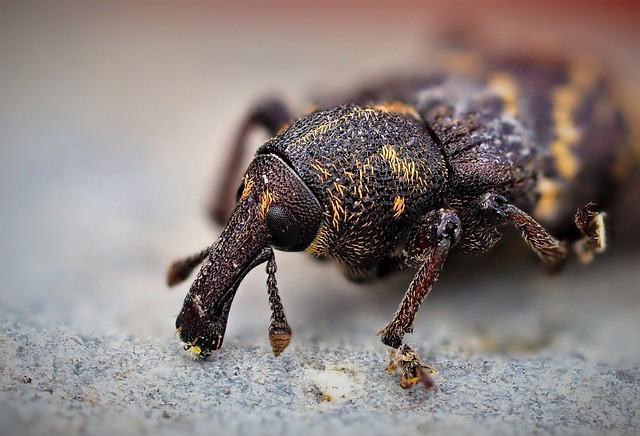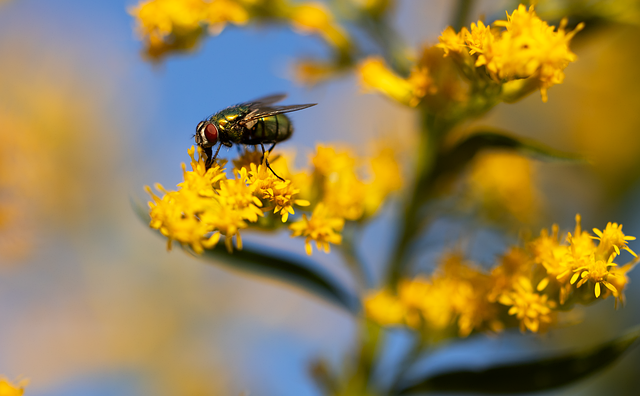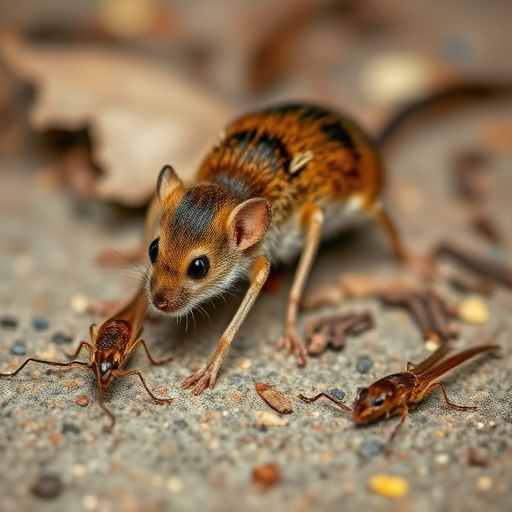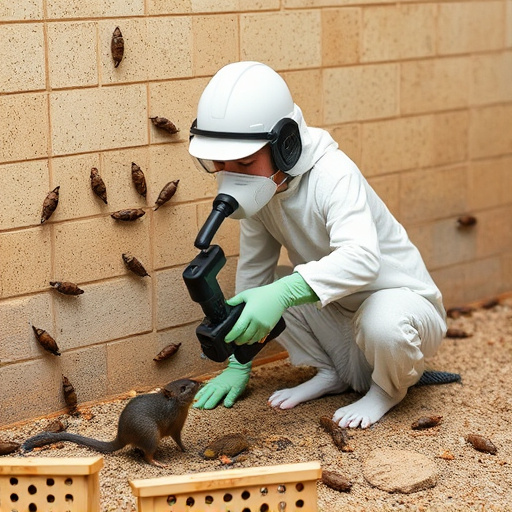Modern pest control services have undergone significant advancements, integrating sustainable practices with cutting-edge technology for more effective and eco-friendly management of pests. These services now utilize advanced detection technologies like traps with monitoring devices, sensors, and real-time data analytics to accurately identify and address infestations early on. Biological pest control methods, including the use of natural predators, pheromone disrupters, and beneficial organisms, are increasingly employed as part of integrated pest management (IPM) strategies. Artificial Intelligence (AI) and Machine Learning (ML) technologies are revolutionizing the field by enabling precise detection and forecasting of pest activity, optimizing treatment application, and minimizing environmental impact. Physical exclusion techniques fortify properties with high-tech materials and meticulous inspection protocols to prevent uninvited species from entering. Heat treatments have emerged as a non-chemical solution for eradicating pests, offering a safe and immediate method for infestation control that is particularly useful in sensitive environments. Pest control services are evolving to provide smarter, more efficient solutions that align with global sustainability goals and safeguard ecosystem health and safety.
2023 heralds a new era in pest control as innovative technologies reshape the landscape of effective solutions. This article delves into the latest advancements, beginning with a comprehensive overview of how modern pest management services are revolutionizing the field. We’ll explore the pivotal role of artificial intelligence (AI) and machine learning, which are transforming traditional strategies into precise, proactive approaches to pest control. Biological methods, harnessing nature’s own defenses, offer sustainable alternatives. Additionally, physical exclusion techniques are being refined into advanced barriers against pest invasions. Finally, we’ll examine the integration of heat treatments as a novel and potent method for pest eradication. These developments collectively promise to elevate pest control services to unprecedented levels of efficiency and environmental harmony.
- Revolutionizing Pest Management: An Overview of Advanced Pest Control Services
- The Role of AI and Machine Learning in Modern Pest Control Solutions
- Biological Pest Control Methods: Leveraging Nature's Defenses
- Cutting-Edge Physical Exclusion Techniques for Effective Pest Barrier Systems
- The Integration of Heat Treatments and Their Impact on Pest Eradication
Revolutionizing Pest Management: An Overview of Advanced Pest Control Services
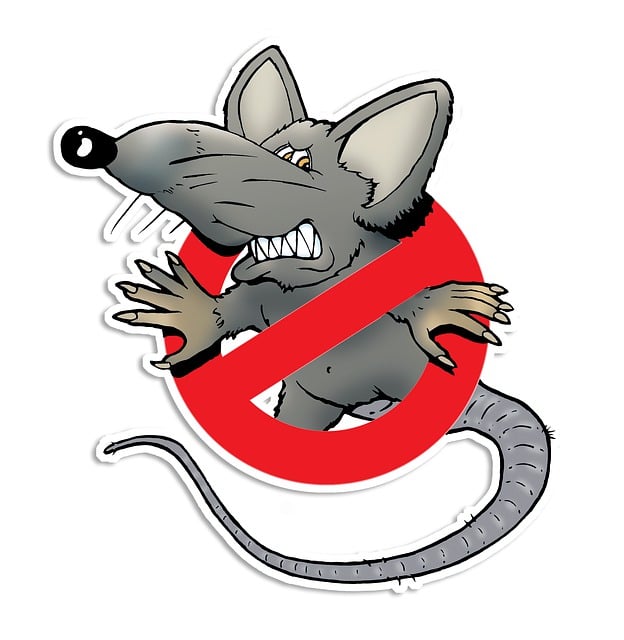
The field of pest control services has undergone significant advancements, revolutionizing the way we manage and eliminate unwanted pests. These sophisticated technologies provide a targeted approach to pest management, ensuring that interventions are both effective and environmentally responsible. Modern pest control solutions leverage a combination of advanced detection systems, which include traps equipped with monitoring devices and sensors that can identify infestations early on. This proactive method not only saves time but also minimizes the use of chemicals, reducing potential harm to ecosystems and human health.
Furthermore, the integration of biological pest control methods, such as introducing natural predators or using pheromone disrupters, has become a cornerstone in modern pest management strategies. These ecologically friendly techniques are complemented by cutting-edge digital technology that allows for real-time monitoring and data analysis. This data-driven approach enables pest control professionals to tailor their services to the specific needs of each situation, ensuring high efficacy with minimal environmental impact. The latest advancements in pest control services are not only making our living spaces safer but also contributing to sustainable practices that protect biodiversity and promote a healthy environment for future generations.
The Role of AI and Machine Learning in Modern Pest Control Solutions
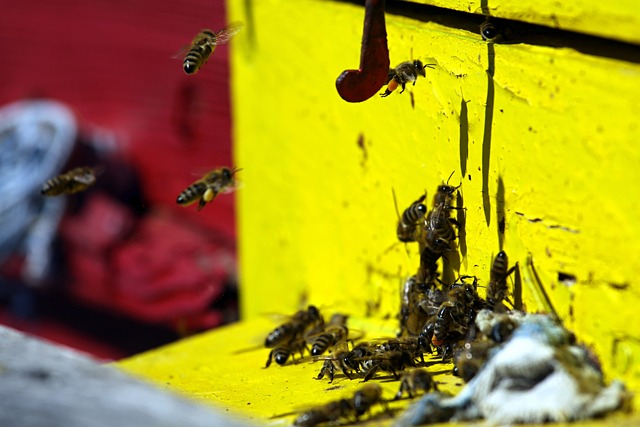
The integration of Artificial Intelligence (AI) and Machine Learning (ML) into pest control services has revolutionized the way pests are managed and controlled. AI systems, equipped with advanced sensors and monitoring devices, can now detect pest presence with high accuracy, often before an infestation occurs. These intelligent systems not only identify pests through image recognition but also analyze patterns to predict potential outbreaks. This predictive capability allows for proactive measures, ensuring that pest control interventions are timely and effective, reducing the need for chemical-based treatments and minimizing environmental impact.
Furthermore, ML algorithms continuously learn from data collected during pest management operations, refining their understanding of pest behaviors and preferences over time. This learning process enhances the decision-making process for pest control services, enabling more precise targeting of treatment areas and optimization of resource allocation. The use of drones, for instance, equipped with these AI and ML capabilities, can conduct comprehensive surveys of agricultural lands, identifying hotspots where pests are most prevalent. This targeted approach not only controls pest populations but also promotes sustainable practices in agriculture, horticulture, and urban settings, contributing to the overall health and safety of ecosystems.
Biological Pest Control Methods: Leveraging Nature's Defenses
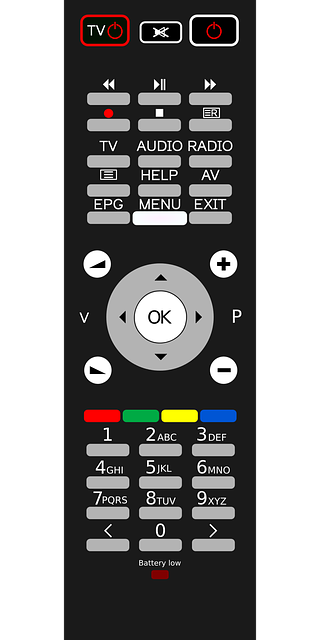
In recent years, biological pest control methods have emerged as a sustainable and eco-friendly alternative to traditional pesticides, offering effective solutions for managing pest populations. These methods harness the natural predation and parasitism present in ecosystems, employing beneficial insects, fungi, bacteria, and other organisms that act as natural enemies of pests. By introducing or encouraging these biological agents into the environment where pests are present, pest control services can significantly reduce or eliminate the need for synthetic chemicals. For instance, entomopathogenic fungi and nematodes can infect and kill pest insects without posing a threat to non-target organisms or human health. Similarly, parasitoid wasps lay their eggs on or inside pest hosts, with their offspring eventually emerging as the host’s larvae succumb to their effects. These targeted interventions are a cornerstone of integrated pest management (IPM) strategies, ensuring that pest control services align with ecological integrity and biodiversity conservation while effectively protecting crops and property from damage. The precision and specificity of these methods not only minimize environmental impact but also contribute to the long-term viability of agricultural systems by preserving the delicate balance of natural predator-prey relationships. As a result, biological pest control methods are increasingly being adopted across various sectors, from agriculture to urban pest management, proving to be both innovative and prudent in their approach to pest control.
Cutting-Edge Physical Exclusion Techniques for Effective Pest Barrier Systems
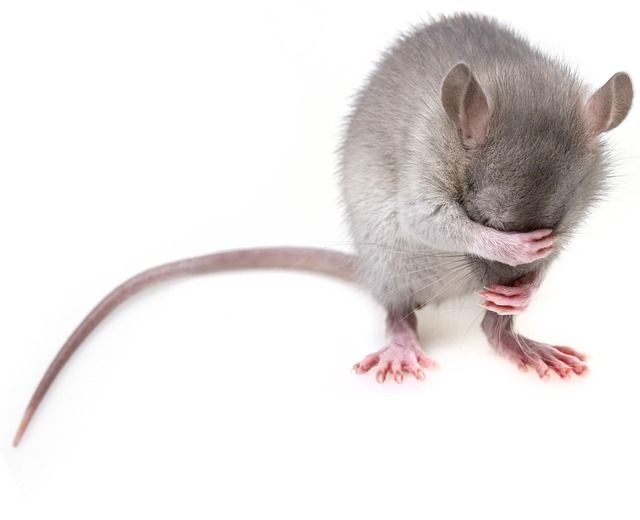
Modern pest control services have significantly advanced, incorporating cutting-edge physical exclusion techniques to create robust pest barriers. These innovative methods are designed to protect properties from a variety of invasive species by sealing potential entry points. The integration of high-tech materials and meticulous inspection processes ensures that pests, such as rodents, insects, and birds, are unable to breach the defenses of residential and commercial structures. For instance, fine mesh screens on vents, chimneys, and utility lines, combined with advanced sealing techniques for foundation cracks and gaps in siding, form a comprehensive physical barrier. In addition, the use of sophisticated monitoring devices allows for real-time detection of attempted intrusions, prompting immediate action to reinforce vulnerable areas. By staying ahead of pest behaviors through continuous research and development, pest control services can provide clients with effective, long-lasting solutions that safeguard their properties from unwanted invaders.
The Integration of Heat Treatments and Their Impact on Pest Eradication
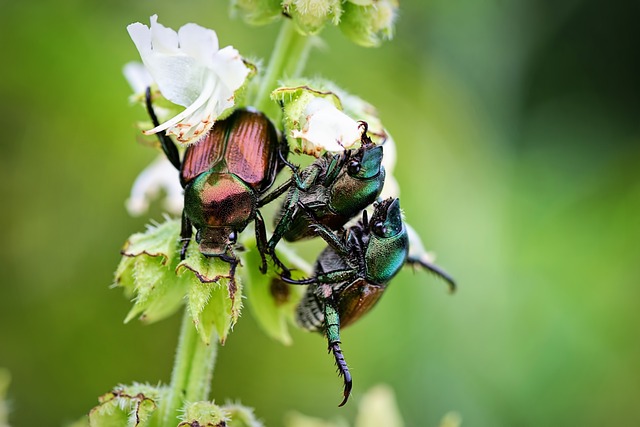
In recent years, pest control services have expanded their arsenal to include heat treatments as a potent and eco-friendly method for pest eradication. This innovative approach leverages controlled heat application to efficiently manage infestations across various settings, from residential homes to commercial establishments. The process involves raising the temperature within an infested area to a level that is lethal to pests, yet safe for human environments and structural integrity. Unlike traditional chemical treatments, heat treatments offer a non-toxic solution that poses minimal risk to people and pets when administered by professionals. This method is particularly effective against a wide array of pests, including bed bugs, cockroaches, and termites, ensuring their complete eradication without the residual chemical concerns associated with conventional treatments. The integration of heat treatments into pest control services has significantly impacted the field, providing property owners with a highly effective alternative that aligns with modern sustainability goals while maintaining the highest standards of efficacy in pest management.
The impact of heat treatments on pest eradication cannot be overstated. Unlike chemical-based methods, heat does not leave behind any harmful residues, making it an ideal option for sensitive areas such as food processing facilities and daycare centers. Additionally, the treatment process is swift, often concluding within a few hours, which minimizes disruption to daily activities. The effectiveness of heat treatments is further enhanced by their ability to address pest issues at all life stages, including eggs, larvae, and adults, ensuring a comprehensive solution. As a result, the integration of heat treatments into pest control services has become a cornerstone of integrated pest management strategies, offering property owners a highly effective and environmentally sound approach to maintaining a pest-free environment.
In conclusion, recent advancements in pest control technology have significantly elevated the effectiveness of pest management services. The integration of artificial intelligence and machine learning has opened new frontiers in predicting and controlling pest infestations, offering precision and adaptability previously unattainable. Biological methods harness the power of nature’s defenses to address pest challenges sustainably. Physical exclusion techniques, coupled with innovative heat treatments, provide robust barriers against unwanted intruders. These cutting-edge solutions collectively underscore a paradigm shift in the field, ensuring that modern pest control services are both proactive and responsive to the dynamic nature of pest populations. By leveraging these technologies, we can safeguard our environments from pests more effectively and responsibly than ever before.
